The musical compositions of Richard Burdick
 Follow on Twitter
Follow on Twitter
Opus 134
Flowering love fallings
for 2 horns &
tape (bells or carillon) (time)
2001-2004
I don't expect to ever release this work
![]()
in
five movements:
Flowering
love fallings 10 - 4 minutes - 13 pages
Modal
Family Group 10 - 3 min. -
7 pages
Flowering
love fallings 11 -
3 min. 20 sec. - 12 pages
Modal
Family Group 12 -
1 min. 20 sec.- 4 pages
Flowering
love fallings 12 -
3 min. 15 sec. - 9 pages
totals: - 15
min. + 45 score pages
![]()
This work began with a study into the 12 "family Groups" of the I ching (this is covered on my I Ching Music book) The use of the family groups supplied me with the scales and tonal center. Plus there was some uses of modes within the scales as affected by the keys of the other scales in the group.
I then used the triads from each scale as I have them organized in relationship to the tonic of the scale. Organized from lowest in the overtone series to highest. For example the major triad on the tonic would be a 1 - 5 - 3 triad therefor it would be classified as a 9 triad. A diminished triad on the major seventh of a major scale would be a 15-9-21 therefore it would be classified as a 45 triad etc.
These triads were then give to each horn in the speed of the vibration of the key. This the was organized and written out in a somewhat logical way. With the contrasting tempos organized into a common denominator.
The bells were then figured from the relationship of the tones of the two horn parts based on the resultant overtones.
Then when a consonant occurred it is repeated. Each consonant is repeated one more time than the preceding one.
This to me depicts a conversation where two people find things in common and "click" this clicking is part of falling in love.
Richard Burdick
11-17-2004
![]()
Flowering Love Fallings and Modal Family Groups is a composition for two horns and tuned wind chimes or campinili. The idea behind the work is the of falling in love. Two separate horn parts playing arpeggios in different keys or modes and at different rates occasionally line up, and when they do the connecting event get repeated. It is like the first glance, you notice the other person, then you look again. It is a “Flowering love falling”.
The other type of movement in this set is a modal family group which is the movement without the connections repeated. A modal family group is a set of I Ching hexagrams that have the same pattern of lines, but are just rotated starting on a different line, like a mode in musical scales. There are twelve modal family groups in the I Ching, 10 sets of six and two sets of two.
Richard Burdick
February 2008
![]()
Recording from Early 2008
Recorded multi-track with Richard's Single four valve Bb horn made by Johann
Egerter in 1938
M.1
M.2
M.3
M.4
M.5
Share This on Twitter Share This Link on Facebook
![]()
Not yet registered with ASCAP.
Contact us for more information.
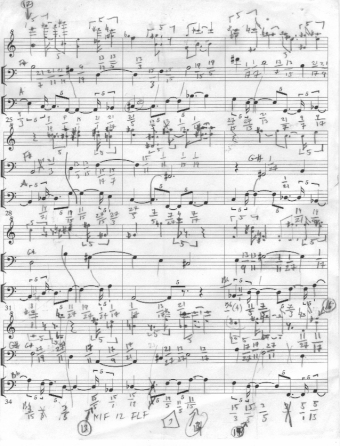
Flowering love Fallings #10 . . . . . 1 4 minutes
Modal Family Group #10 . . . . . . . 14 3 minutes
Flowering love Fallings #11 . . . . . 21 3 min. 20 sec.
Modal Family Group #12 . . . . . . . 34 1 min. 20 sec.
Flowering love Fallings #12 . . . . . 38 3 min. 15 sec.
This work began with a study into the 12 "family Groups" of the I ching. The use of the family groups supplied me with the scales and tonal center. Plus there was some uses of modes within the scales as affected by the keys of the other scales in the group.
I then used the triads from each scale as I have them organized in relationship to the tonic of the scale. Organized from lowest in the overtone series to highest. For example the major triad on the tonic would be a 1 - 5 - 3 triad therefore it would be classified as a 9 triad. A diminished triad on the major seventh of a major scale would be a 15-9-21 therefore it would be classified as a 45 triad etc.
These triads were then give to each horn in the speed of the vibration of the key. This the was organized and written out in a somewhat logical way. With the contrasting tempos organized into a common denominator.
The bells were then figured from the relationship of the tones of the two horn parts based on the resultant overtones. Then when a consonant occurred it is repeated. Each consonant is repeated one more time than the preceding one.
This to me depicts a conversation where two people find things in common and "click" this clicking is part of falling in love.
Richard Burdick
11-17-2004
Modal Family Groups
Like the Greek modes in music, I have charted out the modes in the I ching.
In music the modes all have the same set of 7 tones A through G without sharps or flats. Each mode then simply starts on a different tone.
There are twelve modal family groups and two independent hexagrams:
Independent: 1 & 2
Group 1: 3, 35, 39, 40, 36, & 4
Group 2: 5, 38, 37, 6, 49 & 50
Group 3: 7, 24, 23, 8, 16 & 15
Group 4: 9, 10, 13, 44, 43 & 14
Group 5: 11, 41, 42, 12, 31 & 32
Group 6: 17, 56, 48, 54, 22 & 59
Group 7: 18, 60, 21, 53, 47 & 55
Group 8: 19, 27, 20, 45, 62 & 46
Group 9: 25, 33, 28, 34, 26 & 61
Group 10: 29, 57 & 58
Group 11: 30, 57 & 58
Group 12: 63 & 64
I have used this as a formation for one of my musical composition.
Search I Ching Music:
 CD46
CD46 CD45
CD45 CD44
CD44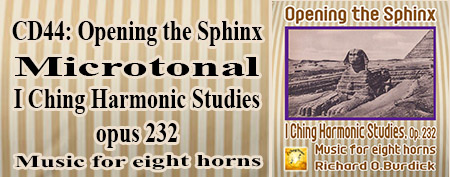 CD43
CD43 CD42
CD42 CD41
CD41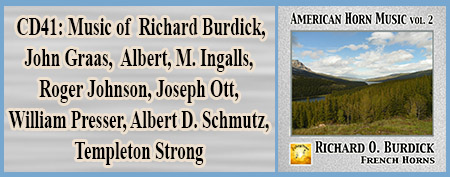 CD40
CD40 CD39
CD39 CD38
CD38 CD37
CD37 CD36
CD36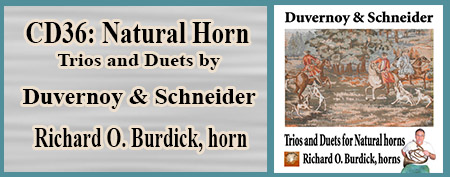 CD35
CD35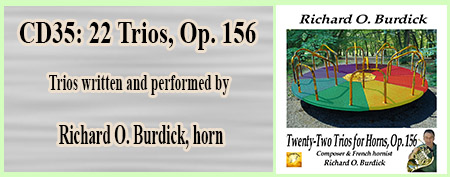 CD34
CD34 CD33
CD33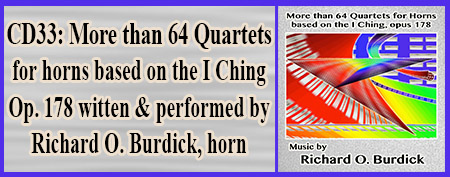 CD32
CD32 CD31
CD31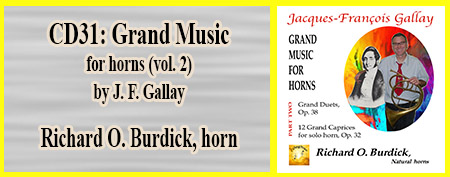 CD30
CD30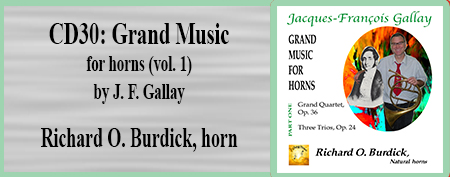 CD29
CD29 CD28
CD28 CD27
CD27 CD26
CD26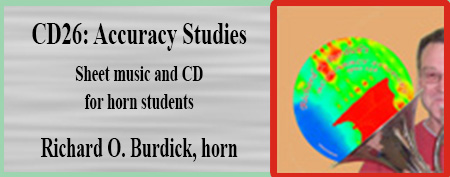 CD25a
CD25a CD25
CD25 CD24
CD24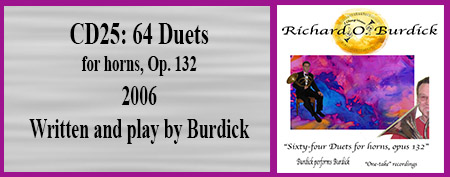 CD23
CD23 CD22
CD22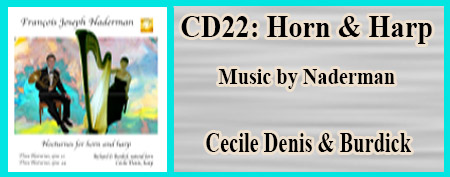 CD21
CD21 CD20
CD20 CD19a
CD19a  CD19
CD19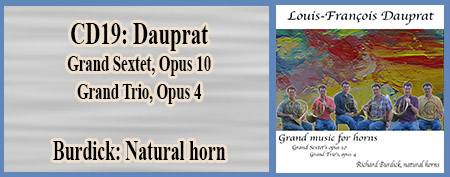 CD18
CD18 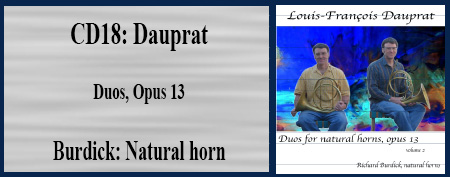 CD17a
CD17a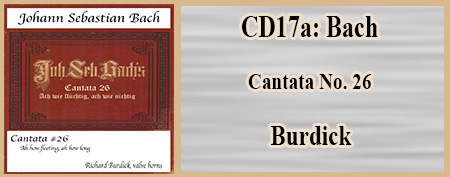 CD17
CD17 CD16
CD16 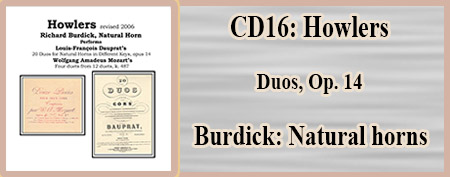 CD15
CD15 CD14
CD14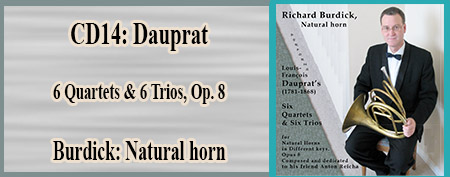 CD12
CD12 CD9
CD9 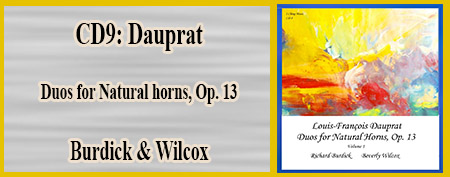 CD8
CD8  CD7
CD7 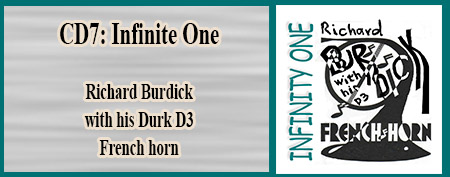 CD6
CD6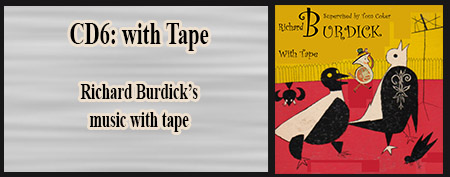 CD5
CD5 CD2
CD2  CD1
CD1 

